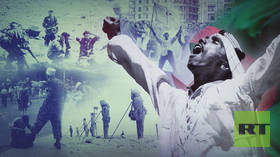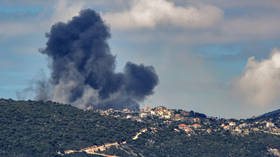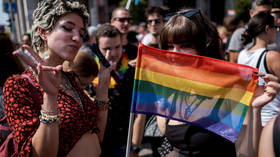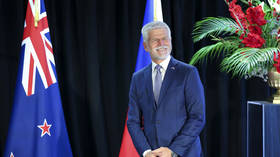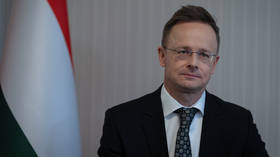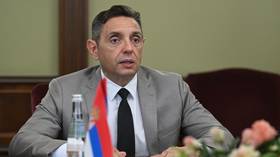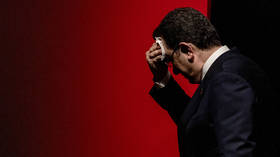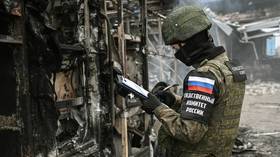Loathing in the sands: Provoked by European colonizers, these two African nations are now at each other’s throats
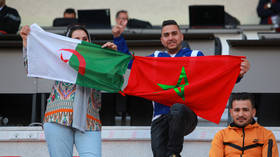
For several years, media discussions about the looming threat of war between Algeria and Morocco have persisted, since Algiers severed diplomatic ties with Rabat in August 2021. Reports closely monitor border conflicts and the arms race between the two nations. This tension is fueled by propaganda from both sides, which means that we have to approach news about Morocco and Algeria with caution.
Closed border
In mid-July 2024, leading Moroccan news outlet Hespress reported that Algeria was planning to construct a fence along the Bin Lejraf area, which serves as the primary entry point into the Moroccan city of Saidia, located next to the Algerian coastal town of Marsa Ben M’Hidi.
Bin Lejraf is a valley nestled between two mountains on either side of the border. Here, Algerians and Moroccans often gather, sometimes just to catch a glimpse of relatives and friends living across the closed border.
The land border between the two countries has been shut for nearly 30 years, following a terrorist attack in August 1994 at the Atlas Asni hotel in Marrakech that resulted in the deaths of two Spanish tourists. At that time, Moroccan King Hassan II suspected Algerian involvement in the incident and imposed a visa regime with Algeria. In retaliation, Algerian President Liamine Zeroual completely closed the land border with Morocco, separating many families and complicating interactions between ordinary Moroccans and Algerians.
Who does Couscous belong to?
The chilly relations between these two nations also manifest in a rivalry for cultural heritage that occasionally reaches absurd levels. Traditional dishes, costumes, architectural styles, and musical genres have become points of contention. There is, for instance, a dispute around the origins of Couscous, Kaftan dresses, and music styles like Rai and Gnawa.
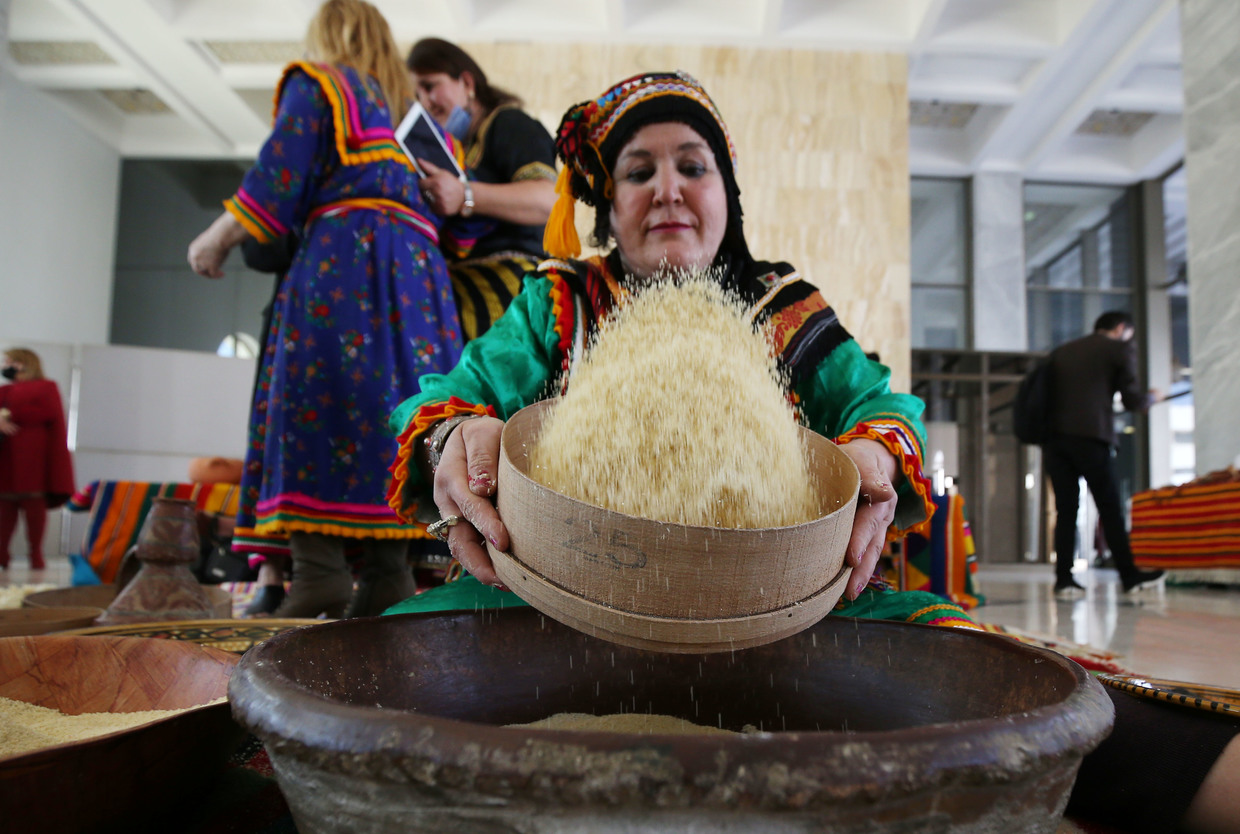
In July 2023, Morocco lodged a complaint with UNESCO, claiming Algeria had unlawfully appropriated the Fez kaftan, seeking to put it on the list of World Heritage Sites as part of its national heritage.
A year earlier, in September 2022, ahead of the FIFA World Cup in Qatar, Morocco pressured Adidas to abandon its design for the Algerian national team’s jerseys, accusing the company of stealing Moroccan cultural heritage. The controversy revolved around a traditional mosaic pattern known as Zellij, which the both countries claim as their own. As a result, Adidas withdrew the jersey design.
Another similar scandal erupted in May 2024, when the Algerian Football Federation and the club USM Alger announced their intention to challenge the Confederation of African Football’s decision to allow Moroccan club Renaissance Berkane to wear jerseys featuring a map of Morocco that included the disputed territory of Western Sahara. This disagreement led to the cancellation of several CAF semifinal matches.
The Western Sahara conflict
The latest significant escalation in tensions between two neighboring states occurred in the summer of 2021. For many years, the central issue has been the status of the disputed region of Western Sahara – a former Spanish colony that Morocco claims as part of its historical territory.
Advocating for the region’s independence is the Polisario Front, established in 1973, which declared Western Sahara an independent state known as the Sahrawi Arab Democratic Republic (SADR) on February 27, 1976, following the departure of Spanish colonizers. With support from Algeria, the Front launched an armed struggle.
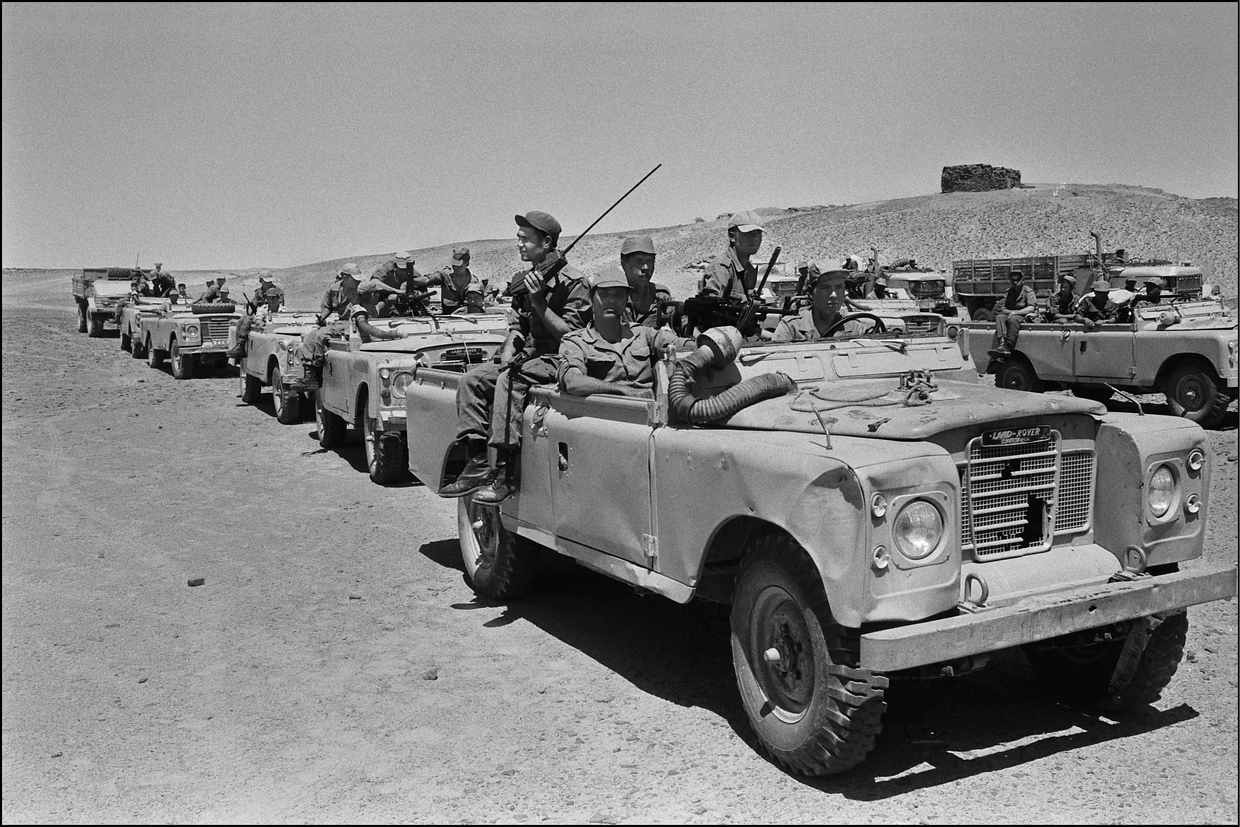
Military actions in the conflict zone continued until 1991, culminating in the deployment of an international peacekeeping mission to the area. According to the settlement plan outlined in UN Security Council Resolution 658 on June 27, 1990, the Sahrawi people have the right to determine their own fate through a referendum.
Subsequently, the United Nations Mission for the Referendum in Western Sahara (MINURSO) was established. However, despite numerous peace initiatives from the international community, the referendum continues to be postponed, and the dispute remains unresolved due to the starkly opposing positions of both parties.
Following the resignation of former president Abdelaziz Bouteflika in April 2019, Algeria reaffirmed its support for the principle of self-determination for the Sahrawi people. Meanwhile, Morocco actively lobbied the African Union, Europe, and the United States to bolster its claims to the region. This backdrop set the stage for two events that led to the end of diplomatic relations.
The first event occurred at the end of 2020 when SADR President and Polisario Front Secretary-General Ibrahim Ghali announced the termination of the ceasefire agreement with Morocco that had been in place since 1991. This decision was prompted by an operation conducted by Moroccan armed forces, allegedly aimed at establishing security in the Guerguerat buffer zone. Ghali asserted that Morocco violated the truce on November 13, 2020, by attacking unarmed civilians who were protesting in the area.
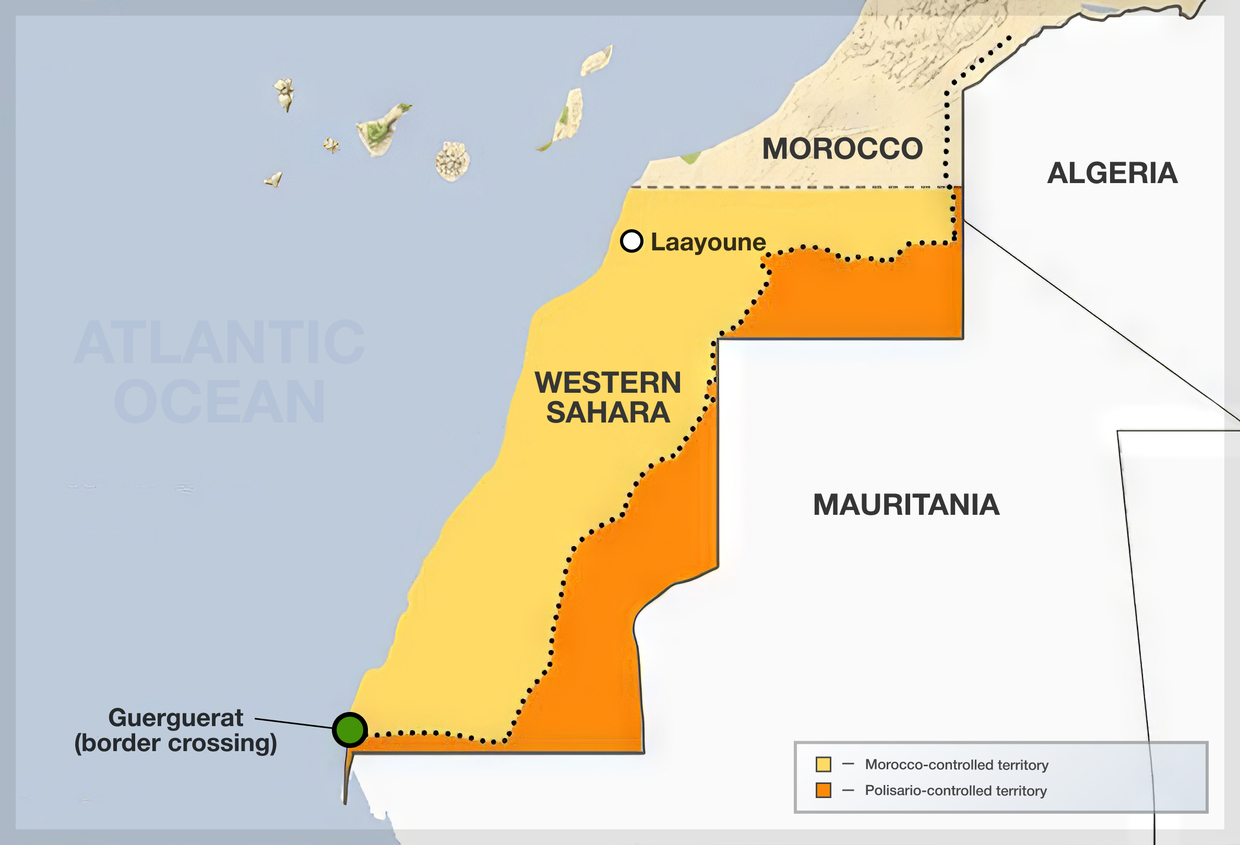
Diplomatic relations breakdown
Shortly after this announcement, US President Donald Trump declared, via his personal Twitter account at that time, that he had signed a proclamation recognizing Morocco’s sovereignty over Western Sahara. A condition for this favorable move for Rabat was Morocco’s normalization of relations with Israel, which Algeria does not recognize, as part of the so-called Abraham Accords. Algeria took both developments as direct threats to its national security.
By mid-July 2021, Algerian authorities reached a breaking point, when Morocco’s ambassador to the UN, Omar Hilal, circulated a note supporting a movement advocating for the separation of Algeria’s coastal Kabylia region. In response, Algeria, which classified this as a terrorist act, recalled its ambassador from Rabat for “consultations” and later, on August 24, 2021, officially severed diplomatic ties with Morocco.
A series of bold decisions and statements followed in rapid succession. Soon after, Algerian authorities prohibited Moroccan military and civilian aircraft from using its airspace. Later, they accused Morocco of supporting groups responsible for the summer wildfires, despite Rabat offering assistance in fighting the blazes.
Proximity of the two nations
The two countries have never enjoyed long periods of friendship, despite various factors that bring their peoples together. Both are located in the Maghreb region and share the same faith – Sunni Islam – following the Maliki maddhab (school) of jurisprudence, predominant in both Algeria and Morocco. The populations speak similar dialects of Arabic.
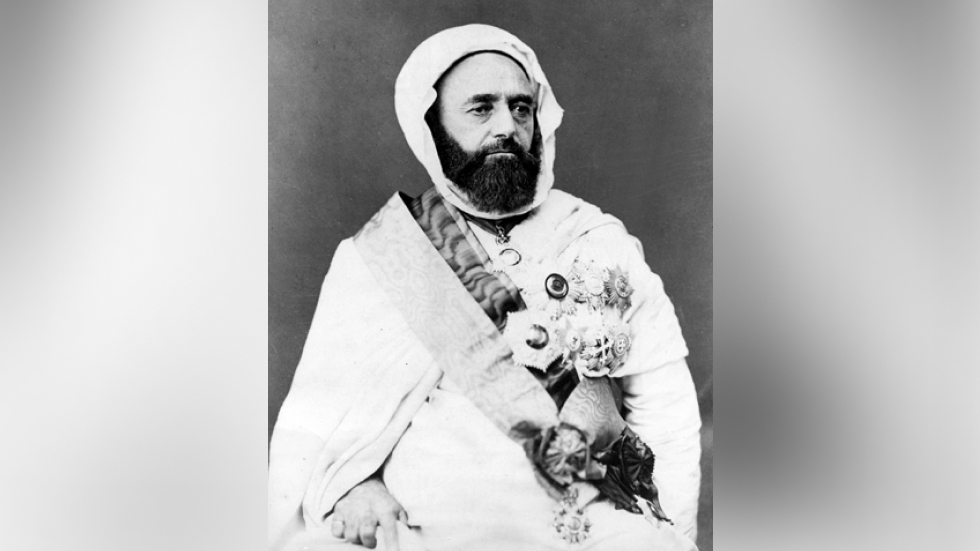
Additionally, the two nations share a common border of 1,550km, which has remained closed for decades. In fact, the two peoples are so closely related that it’s often hard to tell them apart. However, historical, political, and ideological differences since gaining independence have severely impacted relations between the countries.
Despite government policies, strong ties of friendship, customs, traditions, shared history, and often familial connections exist between the two nations. It’s hard to find a family from Tlemcen or Bechar in Algeria that doesn’t have relatives in the Moroccan cities of Oujda or Figig. According to official statistics, there are more than 15,000 mixed families between the two countries.
Geographically, these neighboring states account for about 60% of the Maghreb’s territory, 80% of its population, and 75% of its economy. Both Algeria and Morocco have significant Berber populations, particularly in rural areas, contributing to a shared historical identity.
The countries also share a common Sufi heritage. However, here Morocco and Algeria compete as well – for the title of the primary center (zawiya) of the Tijaniyyah brotherhood. The founder of this brotherhood, Ahmad al-Tijani, was born in Ain Madi, Algeria, in 1735, but moved to Fez, Morocco, in the late 1780s, where he spread his teachings and passed away in 1815.
Both Algeria and Morocco possess a rich history of popular resistance and armed struggle against European colonizers, associated with renowned national heroes such as Emir Abdelkader (1808-1883), a leader of resistance in Algeria, and Muhammad ibn Abd al-Karim al-Khattabi (1883-1963) in Morocco. Millions sacrificed their lives in the fight against colonialism.

After gaining independence, both countries actively participated in forming regional blocs and alliances. The idea of creating the Arab Maghreb Union (AMU) first emerged in 1958 and was officially established in 1989, involving five countries, including Libya, Tunisia, and Mauritania. However, since 1994, the AMU has been largely inactive, primarily due to disagreements between Algeria and Morocco.
Colonial roots of rivalry
The long-standing conflict between Morocco and Algeria, which resulted in a severance of diplomatic ties in August 2021, is often linked to the contentious issue of Western Sahara. However, its roots run much deeper, especially since Algeria, unlike Morocco, has never (at least openly) claimed the disputed Saharan territories.
This rivalry began during the colonial era, particularly during Algeria’s struggle for independence from France (1954-1962). After invading Algeria in 1830, France operated under the assumption that it would remain indefinitely, subsequently expanding its territories at the expense of neighboring Morocco, Tunisia, and Libya.
When Algeria gained independence in 1962, it inherited several of these annexed lands from France, which remains a key point of contention with Morocco.
Following its own independence in 1956, Morocco began laying territorial claims on Algeria, especially concerning the Tindouf province, which had significant iron ore deposits. During the Algerian War, France proposed to then-King Mohammed V of Morocco the return of plundered lands in exchange for halting support for the Algerian revolution, but he refused. An agreement was reached between Mohammed and Ferhat Abbas, Algeria’s first president (who served for only two days), regarding the return of these lands post-independence. However, when Ahmed Ben Bella came to power, he did not honor Morocco’s expectations.
By the fall of 1963, this dispute escalated into a full-blown armed conflict along the border, known as the Sand War. The Organization of African Unity (now the African Union) intervened, leading to agreements signed between Algeria and Morocco on June 15, 1972 in Rabat that maintained existing borders but allowed for joint exploration of iron ore reserves near Colomb-Bechar and Tindouf.
Thus, Algeria and Morocco find themselves among many states shaped by the scars of colonialism and subsequent boundary delineations, leaving behind sources of border disputes and conflicts. These long-standing issues hinder rapprochement between the two countries, making it unlikely that they will restore the strong ties forged through shared culture, history, traditions, and familial bonds.
